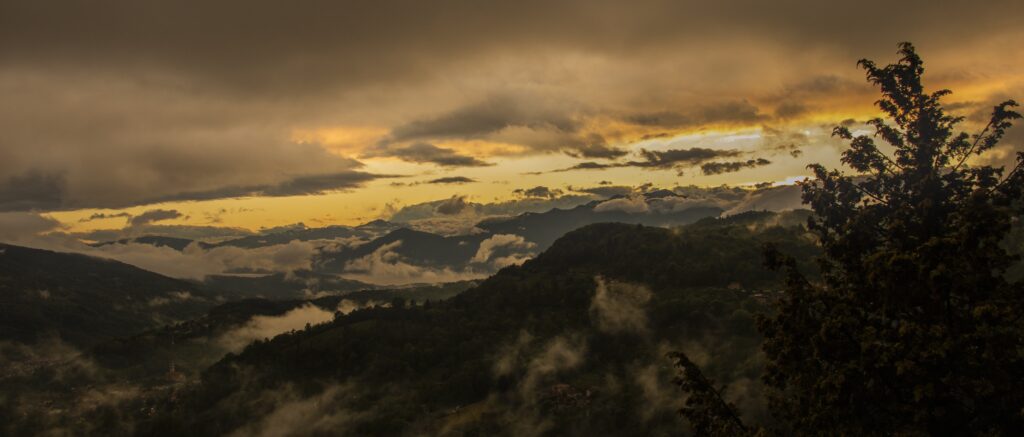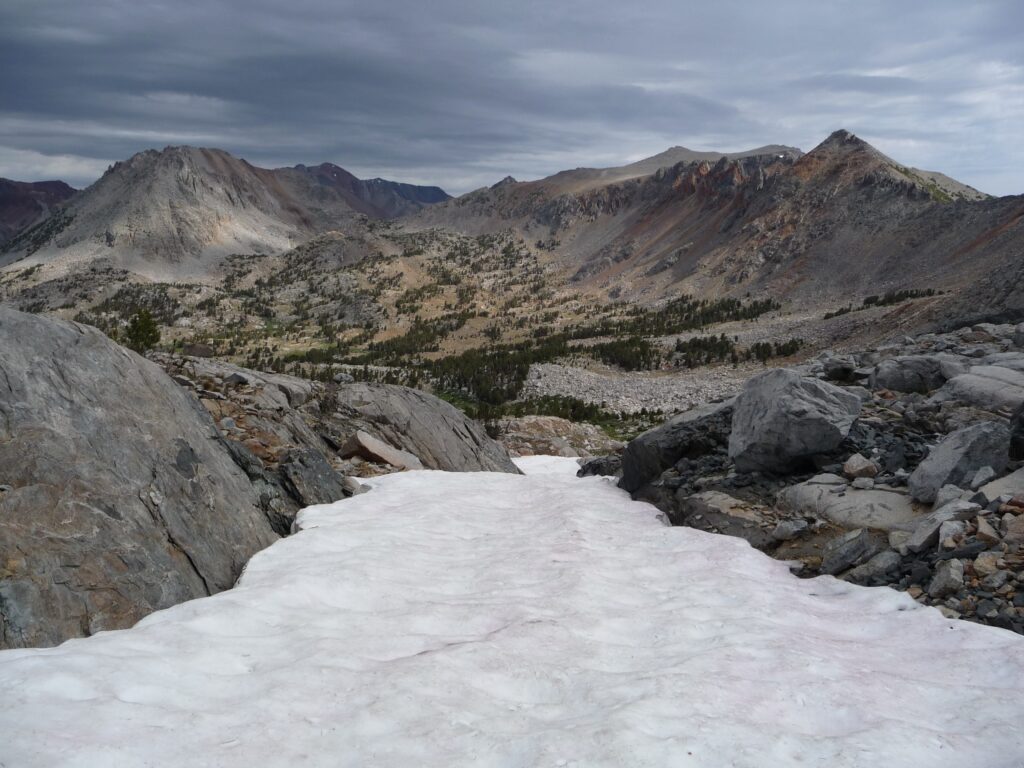Imagine you find yourself in the heart of the wilderness, surrounded by glistening lakes and flowing rivers, but you’re left with the daunting task of finding clean and safe drinking water. In this article, we will explore the most effective methods of purifying water in the wild, ensuring your survival and quenching your thirst without hesitation. From boiling to the wonders of nature’s own filtration system, prepare to discover the secrets that will keep you hydrated and thriving in the great outdoors.
Boiling
Time and Temperature
Boiling water is one of the most effective and straightforward methods to purify water in the wild. To ensure the water is safe to drink, it is essential to reach a full rolling boil. The Centers for Disease Control and Prevention (CDC) recommend boiling water for a minimum of one minute at sea level. However, if you are at higher elevations (over 6,562 feet or 2,000 meters), it is advisable to boil the water for at least three minutes. This increased boiling time compensates for the lower boiling point caused by the reduced atmospheric pressure at higher altitudes.
Equipment Needed
Boiling water for purification purposes requires minimal equipment. All you need is a heat source, a pot or kettle, and access to water. Whether you use a camping stove, a campfire, or a portable stove, ensure that you have a stable heat source to maintain boiling temperatures consistently. Additionally, having a lid for your pot or kettle can help speed up the boiling process and conserve fuel or energy.
Using Portable Water Filters
Types of Water Filters
Portable water filters are an excellent option for purifying water when you are camping or hiking in the wild. There are various types of water filters available, including straw filters, pump filters, gravity filters, and squeeze filters. Each type has its advantages and is designed for different situations. Straw filters are lightweight and compact, making them ideal for hikers who need to travel light. Pump filters are more suitable for group camping trips, as they can purify larger quantities of water efficiently.
How Water Filters Work
Water filters work by eliminating contaminants and microorganisms from the water through a physical barrier or chemical process. Most portable water filters use a combination of ceramic, carbon, and hollow fiber membranes to remove bacteria, protozoa, and viruses. As the water passes through the filter, the physical barriers trap the impurities, allowing clean, purified water to flow out.

Chemical Water Treatment
Types of Chemicals Used
Chemical water treatment is another effective method for purifying water in the wild. The most commonly used chemicals for water treatment are chlorine dioxide tablets, iodine tablets, and sodium hypochlorite drops. Chlorine dioxide tablets are highly effective against bacteria, viruses, and protozoans. Iodine tablets are effective against bacteria and viruses but have limited efficacy against cryptosporidium and Giardia. Sodium hypochlorite drops, on the other hand, offer broad-spectrum effectiveness against various microorganisms.
Instructions for Effective Treatment
When using chemical water treatment, it is crucial to follow the manufacturer’s instructions carefully. Generally, the process involves adding the specified number of tablets or drops to a specific volume of water and allowing it to react for a designated time. This reaction time allows the chemicals to kill harmful microorganisms and make the water safe to drink. After the recommended contact time, the treated water should be odorless and taste similar to tap water. If the treated water still has a chlorine-like taste or smell, it is advisable to wait a little longer before consuming it or use a flavor-neutralizer tablet.
Solar Water Disinfection
Methodology
Solar water disinfection, also known as SODIS, is a low-cost method of water purification that utilizes solar energy. It is particularly effective against bacteria, viruses, and some protozoa found in contaminated water sources. This method involves exposing clear PET (polyethylene terephthalate) bottles filled with water to direct sunlight for a certain duration. The sun’s ultraviolet (UV) rays and the increased temperature inside the bottle work together to kill the harmful microorganisms.
Effectiveness
Solar water disinfection is a highly effective method when done correctly. According to studies conducted by the Swiss Federal Institute of Aquatic Science and Technology, SODIS can inactivate up to 99.9% of bacteria and viruses, making the water safe to drink. However, it is important to note that SODIS is less effective against larger pathogens like parasites and turbidity (cloudiness) in water can reduce the efficacy of this method. Therefore, if the water source is known to contain high turbidity or parasites, using additional purification methods alongside SODIS is recommended.

UV Light Purification
How it Works
UV light purification relies on the germicidal properties of ultraviolet light to kill harmful microorganisms in water. Portable UV water purifiers are designed with a UV bulb that emits a specific wavelength of UV-C light. When water passes through the purifier, the UV-C light damages the genetic material of bacteria, viruses, and protozoa, rendering them unable to reproduce and causing their death. Some UV water purifiers also have pre-filters to remove larger particles and sediments, improving the overall effectiveness of the treatment.
Effectiveness and Limitations
UV light purification is highly effective against a wide range of microorganisms, including bacteria, viruses, and protozoa like Cryptosporidium and Giardia. It is a chemical-free method that leaves no residual taste or odor in the water. However, it is important to note that UV light does not remove chemical contaminants, such as heavy metals or pesticides, from water. Additionally, UV purification devices require a power source, either through batteries or a rechargeable mechanism, making them less suitable for prolonged wilderness trips where access to power may be limited.
Iodine Solution
Method of Purification
Iodine solution, commonly available as tincture of iodine or iodine tablets, is an effective method for water purification in the wild. Iodine has strong antimicrobial properties, making it effective against bacteria, viruses, and some protozoa. To use iodine for water purification, add the recommended amount of iodine solution to the water and mix well. Allow the mixture to sit for the specified contact time, usually around 30 minutes. This allows the iodine to kill the harmful microorganisms, making the water safe to drink.
Safety Concerns
While iodine solution can be effective for water purification, it does have some safety concerns. Individuals who are allergic to iodine or have thyroid problems should avoid using iodine for water treatment. Additionally, pregnant women and individuals with certain health conditions should consult a healthcare professional before using iodine solutions. It is important to carefully follow the instructions provided with the iodine product and consider using an additional method, like activated carbon filtration or flavor-neutralizer tablets, to address the taste and odor that iodine-treated water may have.

Using Charcoal and Sand
Filtering Process
Using charcoal and sand for water purification is a traditional method that can effectively remove impurities and make water safer to drink. The process involves creating a simple filtration system using layers of charcoal and sand. Start by preparing a container with a small hole at the bottom for water to drain out. Layer the container with a few inches of coarse gravel, followed by a layer of fine sand. Next, add a layer of activated charcoal on top of the sand. Lastly, pour the water to be filtered through the layers, allowing the liquid to pass through the charcoal and sand, removing contaminants in the process.
Effectiveness
Using charcoal and sand as a water filtration method can effectively remove larger particles, sediment, and some impurities. However, it is important to note that this filtration process may not eliminate all types of microorganisms, including bacteria and viruses. Therefore, it is recommended to combine this method with additional water treatment techniques such as boiling or chemical treatment, especially when dealing with potentially contaminated water sources.
Collecting Rainwater
Methods for Collection
Collecting rainwater in the wild can provide a valuable source of potable water. There are several methods for rainwater collection, depending on the available resources. One common method is using a rainwater catchment system, which typically involves positioning a tarp or waterproof material to collect rain runoff. Another method is using natural depressions or hollows in rocks or tree trunks as natural catchment areas. In both cases, it is essential to ensure that the collection surface and storage containers are clean to avoid contamination.
Purification
While rainwater is generally considered safe to drink, it is still recommended to purify it before consumption, especially when collected in the wild. Rainwater may contain various contaminants, such as bird droppings, dust, or pollutants from the atmosphere. Purification methods such as boiling, chemical treatment, or using portable water filters can help ensure that rainwater is free from harmful microorganisms and chemical contaminants.
Distillation
Simple Solar Distillation
Solar distillation is an effective method for purifying water by utilizing the energy from the sun. It involves constructing a simple still using a container with contaminated water and a smaller container for condensation. The larger container is covered with a transparent material such as plastic, allowing the sun’s heat to evaporate the water. The water vapor then condenses on the clear covering and drips down into the smaller container, leaving contaminants behind.
Other Distillation Methods
Besides solar distillation, there are other distillation methods that can be used to purify water. These include steam or vapor compression distillation, which requires more complex equipment and a heat source. Another method is using a distillation apparatus powered by a stove or fire. Distillation effectively removes contaminants, including heavy metals, salts, and some microorganisms. However, it is worth noting that distillation alone may not remove volatile organic compounds (VOCs) or certain chemicals that have boiling points similar to water.
Using Water Purification Tablets
Types of Tablets
Water purification tablets are a convenient and portable solution for purifying water in the wild. There are different types of tablets available, each with its formulation and purpose. Some tablets use chlorine dioxide as the active ingredient, providing broad-spectrum effectiveness against bacteria, viruses, and protozoa. Other tablets contain iodine as the active ingredient and are more effective against bacteria and viruses but have limited efficacy against cryptosporidium and Giardia.
Instructions for Use
To use water purification tablets, carefully follow the instructions provided by the manufacturer. Generally, the process involves adding the specified number of tablets to a specific volume of water and allowing them to dissolve completely. After the recommended contact time, usually around 30 minutes, the water should be safe to drink. It is important to note that some tablets may leave a residual aftertaste or odor, which can be mitigated by using a flavor-neutralizing tablet or adding flavoring to the treated water, if desired.
As you venture into the wild, ensuring access to safe and clean drinking water becomes paramount. By utilizing methods such as boiling, using portable water filters, chemical water treatment, solar water disinfection, UV light purification, iodine solution, charcoal, sand filtration, rainwater collection and purification, distillation, and water purification tablets, you can confidently quench your thirst without worrying about harmful contaminants. Remember to carefully consider the water source and the specific techniques that best suit your circumstances. Stay hydrated and stay safe on your wilderness adventures!
